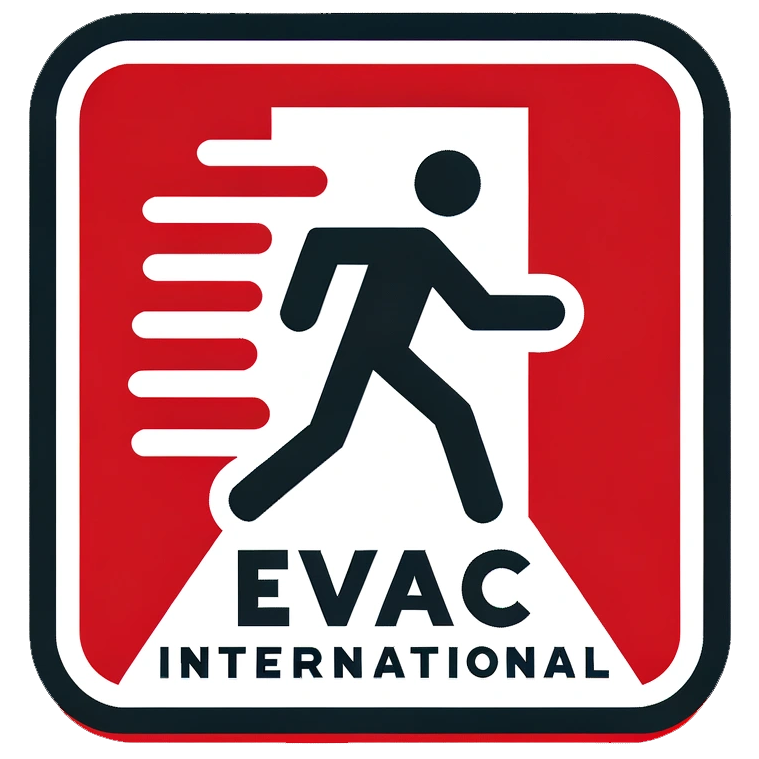As a fire safety and evacuation expert, I have dedicated my career to ensuring the safety of the public in the event of an emergency. One crucial aspect of emergency preparedness that is often overlooked by companies and public buildings is the need for evacuation chairs. These specialized chairs are vital tools for safely evacuating individuals with mobility impairments during an emergency such as a fire, and it is my belief that every business and public building should have them as part of their overall emergency preparedness plan.
Evacuation chairs are designed to assist individuals with mobility impairments in safely descending stairs during an emergency evacuation. These individuals may include those with physical disabilities, the elderly, or anyone who may have difficulty navigating stairs due to injury or other health conditions. Without the proper equipment, these individuals may be left behind in the event of an emergency, putting their lives at risk. Therefore, it is essential that companies and public buildings make the investment in evacuation chairs to ensure the safety of all individuals in the event of an emergency.
One of the key reasons why evacuation chairs are so important is because traditional evacuation methods, such as the use of elevators, may not be feasible during an emergency situation. In the event of a fire, for example, elevators are often shut down to prevent individuals from becoming trapped inside. This means that individuals with mobility impairments who are unable to use stairs would be left without a means of escape. Evacuation chairs provide a safe and effective means of getting these individuals to safety, even in a high-rise building with multiple flights of stairs.
Another reason why evacuation chairs are crucial in emergency situations is that they provide a means of independent evacuation for individuals with mobility impairments. In many cases, individuals with disabilities may rely on the assistance of others to evacuate a building during an emergency. However, in a high-stress situation such as a fire, it may not be possible for these individuals to receive the assistance they need in a timely manner. Evacuation chairs empower individuals with mobility impairments to take control of their own evacuation, providing them with a sense of independence and self-reliance during a potentially life-threatening situation.
Furthermore, the presence of evacuation chairs in a building sends a powerful message to individuals with disabilities that their safety and well-being are valued. It demonstrates a commitment to inclusivity and accessibility, and it communicates to all occupants of a building that everyone’s safety is a top priority. Additionally, it aligns with legal requirements and building codes that mandate accessibility and equal opportunities for individuals with disabilities.
Implementing evacuation chairs as part of an emergency preparedness plan requires a holistic approach that includes proper training and regular drills. It is not enough to simply purchase evacuation chairs and assume that they will be effective in an emergency. Training is necessary to ensure that staff members are equipped with the knowledge and skills to safely and effectively use evacuation chairs when evacuating individuals with mobility impairments. Additionally, regular drills should be conducted to practice the use of evacuation chairs in simulated emergency scenarios, allowing staff to gain confidence and proficiency in their use.
From a cost perspective, the investment in evacuation chairs is a small price to pay when compared to the potential consequences of not having them in place. The cost of an evacuation chair is minimal in comparison to the loss of life or serious injury that could occur in the absence of proper evacuation equipment. Moreover, companies and public buildings may be liable for legal repercussions if they fail to provide adequate means of evacuation for individuals with disabilities.
In conclusion, as a fire safety and evacuation expert, I firmly believe that every company and public building must have evacuation chairs as part of their emergency preparedness plan. The importance of these specialized chairs cannot be overstated, as they provide a means of safe and independent evacuation for individuals with mobility impairments during an emergency. Investing in evacuation chairs demonstrates a commitment to inclusivity, accessibility, and the safety and well-being of all individuals. I urge companies and public buildings to prioritize the implementation of evacuation chairs and to invest in proper training and drills to ensure their effectiveness in the event of an emergency. The safety and lives of all individuals depend on it.

